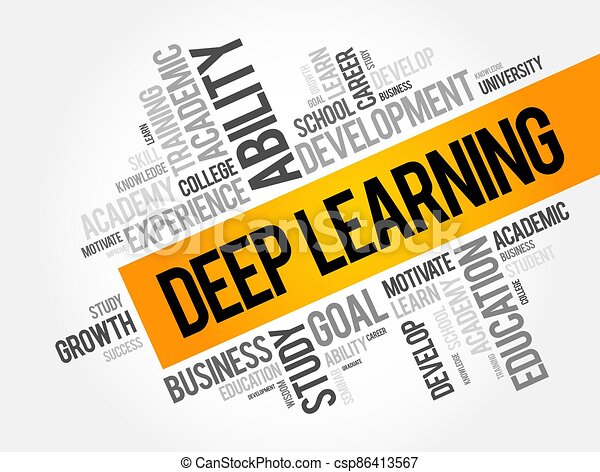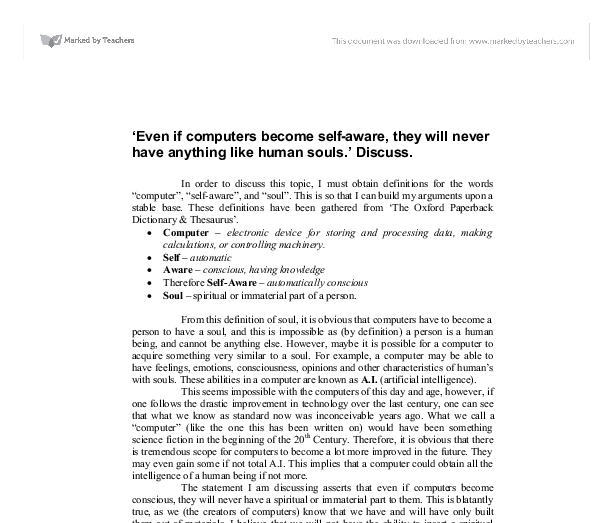
Deep Blue, NETtalk or Igor Aizenberg’s Word2vec algorithms are good places to start if your interest is in machine learning history. Marvin Minsky’s Perceptron is also a good place to start. All of these were used to make AI better than human players. These were major breakthroughs in AI and changed the course history. Read on to learn more about these groundbreaking technologies.
Deep Blue
Deep Blue was the first computer capable of beating the human world at playing chess. Deep Blue's win is considered a landmark in machine learning history. It was the subject of several books and movies. Deep Blue has been deemed the gold standard for machine-learning. However, this wasn't always the case. In fact, the human mind is still the best machine learner. What can we learn from Deep Blue's victory? Here are some lessons to be learned from the Deep Blue victory:

Ray Solomonoff's NETtalk
Ray Solomonoff, an influential figure in machine learning was active in the 1950's. Solomonoff, known as the father of artificial Intelligence, founded the machine learning branch of the field. His work on machine learning, prediction, and probability first gained attention after he circulated a report in 1956. While he was unwell, he was expected to present an invited lecture at AGI 2010. This event has been renamed "In Memoriam of Ray Solomonoff."
Word2vec algorithm from Igor Aizenberg
Word2vec is one of the most important algorithms in machine learning history, and Igor Aizenberg's algorithm lays the groundwork for many other powerful algorithms. While the word2vec algorithm is most often associated with neural networks, it also has other applications in fields such as image recognition and computer vision. LSTM and CNN are also examples of machine learning algorithms.
Marvin Minsky's Perceptron
Marvin Minsky, the villain, is depicted in the standard version history of connectionism. In fact, Minsky and colleagues built the first 'learning' machine in 1951, known as the SNARC. Their Ph.D. dissertation was focused on their work. This article will look at Minsky's contribution towards machine learning history. Despite its negative reputation the Perceptron still remains a foundational building block for machine learning and is considered to be one of most important developments in this field.
ImageNet
In 2008, ImageNet had zero images. By December, it had categorized three million images with more than 6,000 synsets. In April 2010, ImageNet had categorized eleven million images. The challenge was largely made possible by crowdsourcing on the Mechanical Turk platform. The ImageNet team organized the first ImageNet Large Scale Visual Recognition Challenge in 2010, where competitors were asked to identify images. The challenge was hugely successful, with all of the high-scoring participants being deep neural networks.

Ray Solomonoff's Inductive Inference Machine
Ray Solomonoff is best known for his work as the Inductive Inference machine. His work helped to create deep neural networks. Algorithmic Probability, which he called his theory of probability, was developed by Solomonoff. He presented five models in the reports that lead up to 1964. His work provided the philosophical foundation for Bayes' rule of causation.
FAQ
Why is AI so important?
It is predicted that we will have trillions connected to the internet within 30 year. These devices will include everything, from fridges to cars. The Internet of Things is made up of billions of connected devices and the internet. IoT devices are expected to communicate with each others and share data. They will also make decisions for themselves. A fridge may decide to order more milk depending on past consumption patterns.
It is anticipated that by 2025, there will have been 50 billion IoT device. This represents a huge opportunity for businesses. This presents a huge opportunity for businesses, but it also raises security and privacy concerns.
What does AI do?
An algorithm refers to a set of instructions that tells computers how to solve problems. An algorithm can be expressed as a series of steps. Each step is assigned a condition which determines when it should be executed. The computer executes each step sequentially until all conditions meet. This process repeats until the final result is achieved.
Let's take, for example, the square root of 5. One way to do this is to write down all numbers between 1 and 10 and calculate the square root of each number, then average them. You could instead use the following formula to write down:
sqrt(x) x^0.5
This is how to square the input, then divide it by 2 and multiply by 0.5.
Computers follow the same principles. It takes your input, multiplies it with 0.5, divides it again, subtracts 1 then outputs the result.
Where did AI come from?
In 1950, Alan Turing proposed a test to determine if intelligent machines could be created. He stated that intelligent machines could trick people into believing they are talking to another person.
The idea was later taken up by John McCarthy, who wrote an essay called "Can Machines Think?" John McCarthy published an essay entitled "Can Machines Think?" in 1956. He described the difficulties faced by AI researchers and offered some solutions.
Statistics
- A 2021 Pew Research survey revealed that 37 percent of respondents who are more concerned than excited about AI had concerns including job loss, privacy, and AI's potential to “surpass human skills.” (builtin.com)
- In 2019, AI adoption among large companies increased by 47% compared to 2018, according to the latest Artificial IntelligenceIndex report. (marsner.com)
- In the first half of 2017, the company discovered and banned 300,000 terrorist-linked accounts, 95 percent of which were found by non-human, artificially intelligent machines. (builtin.com)
- By using BrainBox AI, commercial buildings can reduce total energy costs by 25% and improves occupant comfort by 60%. (analyticsinsight.net)
- More than 70 percent of users claim they book trips on their phones, review travel tips, and research local landmarks and restaurants. (builtin.com)
External Links
How To
How to set up Google Home
Google Home is an artificial intelligence-powered digital assistant. It uses advanced algorithms and natural language processing for answers to your questions. You can search the internet, set timers, create reminders, and have them sent to your phone with Google Assistant.
Google Home integrates seamlessly with Android phones and iPhones, allowing you to interact with your Google Account through your mobile device. By connecting an iPhone or iPad to a Google Home over WiFi, you can take advantage of features like Apple Pay, Siri Shortcuts, and third-party apps that are optimized for Google Home.
Like every Google product, Google Home comes with many useful features. It can learn your routines and recall what you have told it to do. You don't have to tell it how to adjust the temperature or turn on the lights when you get up in the morning. Instead, you can simply say "Hey Google" and let it know what you'd like done.
These steps are required to set-up Google Home.
-
Turn on Google Home.
-
Hold the Action button at the top of your Google Home.
-
The Setup Wizard appears.
-
Click Continue
-
Enter your email adress and password.
-
Register Now
-
Google Home is now available